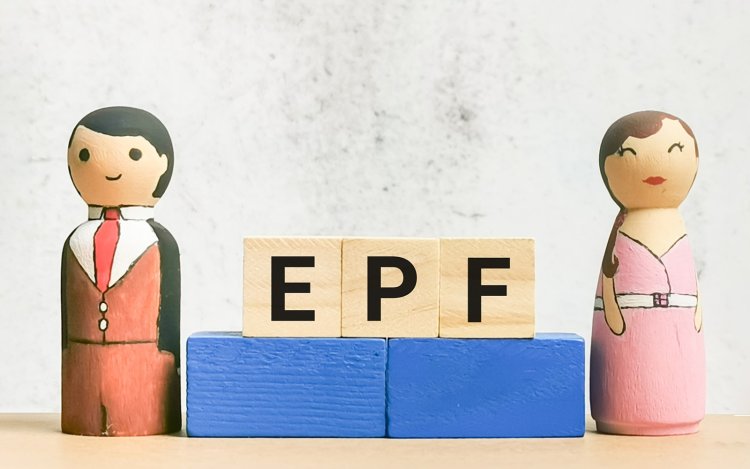Employer PF Contribution Rules and Regulations Every Employee Should Know
The Employees' Provident Fund (EPF) is an integral part of the Indian social security system designed to provide retirement benefits to employees across India.
Share this Post to earn Money ( Upto ₹100 per 1000 Views )

The Employees' Provident Fund (EPF) is an integral part of the Indian social security system designed to provide retirement benefits to employees across India. Managed by the Employees' Provident Fund Organisation (EPFO), the EPF scheme mandates both employees and employers to contribute to the fund, ensuring a substantial corpus by the time the employee retires. Understanding employer PF contribution rules and regulations is crucial for every employee to effectively manage their retirement savings.
PF Contribution of Employer
The PF contribution of employer plays a significant role in building your EPF corpus. According to current EPF regulations, both employee and employer are required to contribute 12% of the employee's basic salary and dearness allowance towards the EPF account. Out of the employer's 12% contribution, 8.33% is redirected to the Employees' Pension Scheme (EPS), subject to a maximum of ₹1,250 per month, while the remaining 3.67% goes into the employee's EPF.
For example, if your basic monthly salary is ₹15,000, both you and your employer will contribute ₹1,800 each to the EPF. The employer's contribution will be split as ₹1,250 to EPS and ₹550 to EPF.
Online PF Calculator
To keep track of these contributions and estimate the corpus at the time of retirement, employees can use a PF calculator online. This tool allows users to input their salary details, contribution percentages, and tenure to calculate the future amount available in their EPF account. A PF calculator online provides insights into how contributions grow over the years with accrued interest.
Using a PF calculator, let's assume your basic salary is ₹25,000, and you plan to work for another 20 years. The monthly PF contributions (24% of ₹25,000) total ₹6,000. With an annual interest rate of 8.5%, your EPF corpus would grow to approximately ₹38,00,000 over this period.
EPF Contribution Components
Understanding components of EPF contributions is essential:
1. Employee Contribution: 12% of the basic salary and dearness allowance.
2. Employer Contribution: 12% divided into:
-
3.67% to EPF
-
8.33% to EPS
-
Additionally, the employer must contribute towards the Employees' Deposit Linked Insurance Scheme (EDLIS) and EPF Admin charges.
It's important to note that while employees can increase their contribution rate voluntarily, employers are bound to the statutory limit and cannot exceed 12%.
EPF Withdrawal Rules
Employees aged over 55 can withdraw the entire corpus accumulated. Additionally, partial withdrawals are permissible under certain conditions, such as medical emergencies, home loans, or educational expenses. Understanding these rules is vital for strategic financial planning.
Tax Implications and Regulations
EPF contributions qualify for tax deductions under Section 80C of the Income Tax Act, up to ₹1.5 lakh per financial year. The interest and maturity amount are tax-free if withdrawals are made after five years of continuous service.
Disclaimer
Investing in financial markets involves risks, and employees must evaluate all pros and cons related to EPF and other investment options. Consulting with financial advisors or experts is advisable to align with personal financial goals.
Summary
Employer PF contributions form a bedrock of financial planning, providing substantial savings upon retirement. Regulated by EPFO with mandatory contributions from both employees and employers, these funds are designed to accumulate a significant corpus through the years. A PF calculator online helps in assessing future savings, factoring contributions and accrued interest. While the employee contributes 12% of the basic salary to the EPF, the employer’s contribution comprises a breakdown towards EPF, EPS, and EDLIS. Tax benefits and withdrawal rules reflect the long-term advantages of EPF contributions, supporting employees in financial planning and retirement preparedness. Understanding these elements helps employees proactively manage their provident fund accounts. However, a strategic approach involves weighing different investment options, illustrating the importance of informed financial decisions in the Indian market.















